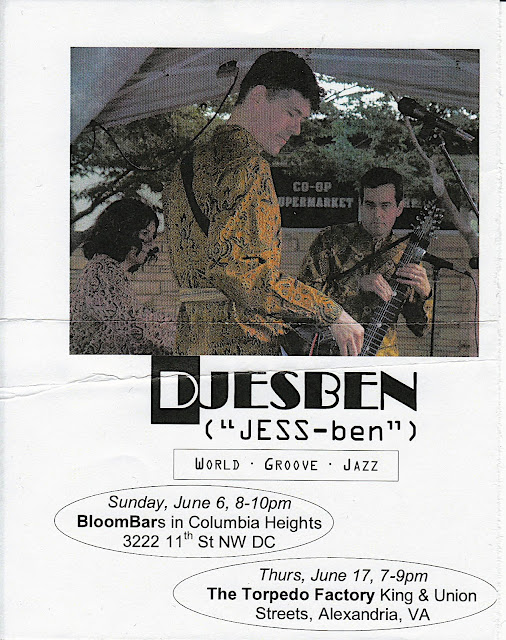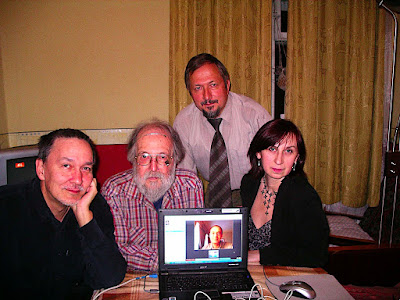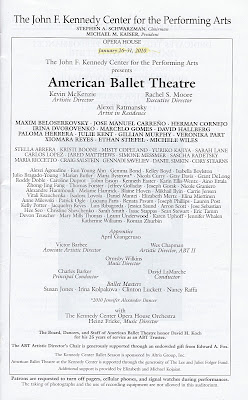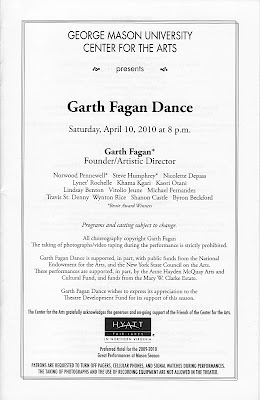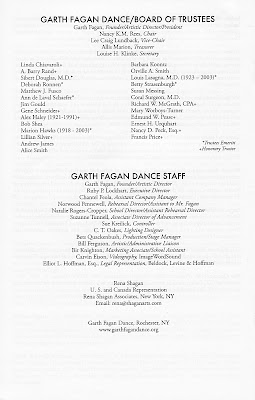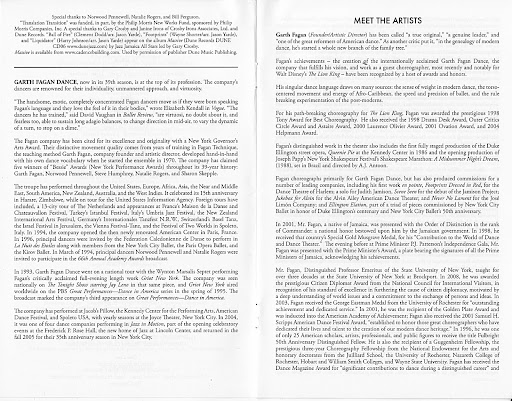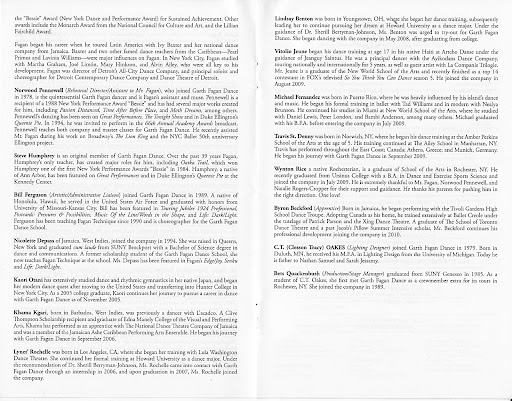The show began, and it was very enjoyable.
Djesben is a trio of multi-instrumentalists whose diverse backgrounds guarantee to delight with a variety of styles: jazz standards, bebop and bossa nova, as well as original tunes influenced by music from around the globe. The instruments of Djesben are not those of the typical jazz trio
Topher Dunne plays the Chapman Stick, a 10-string tapping instrument with the range of a piano.
Katy Gaughan plays a battery of percussion centered around her conga drums, the tall, wide-bellied hand drums of Latin music.
Christian Crowley plays the dulcimer, a small stringed instrument from the Appalachian mountains that can be strummed like a guitar or bowed like a violin.
All three have been known to sing, usually led by the dulcet tones of Mr. Crowley. Other instruments played by Djesben members in concert settings have included violin, viola, accordion, harp, guitar, bass, pennywhistle, hammer dulcimer, and some double Stick work.By 7:30pm the club was full of people, and everyone was enthusiastic and appreciative. Check out their future performances:
After Djessben's performance I walked over the Duke Ellington bridge to the Woodley Park-Zoo station and took the metro home. It was a long and productive day.

